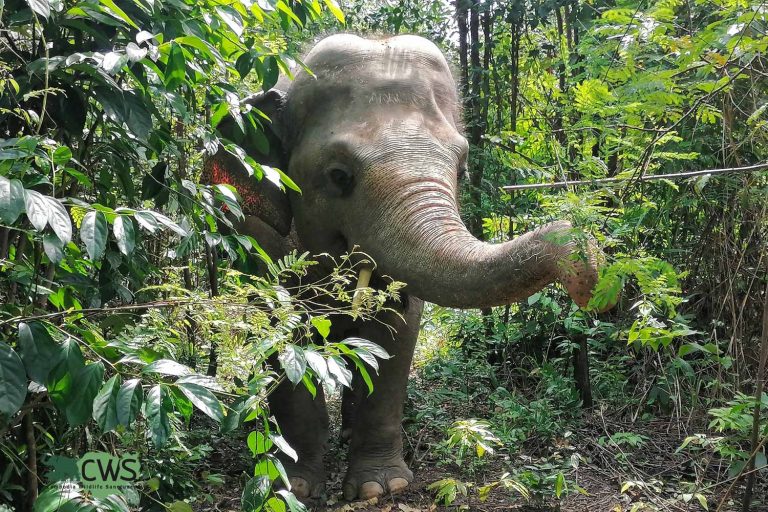Elephant Sanctuaries in Mondulkiri
Cambodia’s remote highlands offer ethical, unforgettable encounters with rescued elephants in wild forest settings—where animal welfare, local culture, and conservation come first.

Mondulkiri Province, Cambodia’s largest and least populated region, offers extraordinary opportunities to encounter Asian elephants in sanctuaries that prioritise animal welfare, conservation, and genuine cultural exchange.
Mondulkiri: Cambodia’s Elephant Heartland
Mondulkiri, in Cambodia’s remote northeast, is a land of rolling hills, waterfalls, and dense forests—home to wild elephants and rescued animals in sanctuary care. The Bunong people’s traditional relationship with elephants inspires a conservation model based on respect and coexistence.
- Highland habitat with cool climate & pristine forests
- Largest wild elephant population in Cambodia
- Indigenous Bunong culture rooted in elephant lore
- Collaborative sanctuaries support people and wildlife
The Elephant Valley Project: Ethical Sanctuary Pioneer
The Elephant Valley Project (EVP), established in 2006, pioneered “hands-off” elephant observation in Cambodia. Retired logging and tourism elephants roam large forests, form social groups, and live as naturally as possible—free from riding or tricks.
- Guided walks with distant elephant observation
- Focus on welfare, research, and forest protection
- Eco-bungalows & camping in tranquil jungle settings
- Community outreach to support local villages & prevent conflict
Every elephant here has a rescue story. Tours focus on education, not interaction, letting elephants be elephants while guests learn and help conservation.
Mondulkiri Project: Community-Based Conservation
The Mondulkiri Project works directly with Bunong communities for elephant welfare, forest protection, and cultural preservation. Elephants are retired from working life and cared for in forest sanctuaries, with programs that benefit both animals and people.
- Community-run sanctuary with Bunong guides
- Visitor programs include cultural immersion and education
- Supports alternative livelihoods for elephant owners
- Conservation research with local participation
Staying at the sanctuary, visitors learn about Bunong life, elephant history, and the challenges of modern conservation in Cambodia’s wildest province.
Understanding Asian Elephant Behaviour & Ecology
Observing elephants in Mondulkiri reveals fascinating natural behaviours—social bonds, communication, foraging, bathing, and forest skills. Sanctuaries prioritise space, freedom, and natural living.
- Matriarchal family groups with complex social lives
- Distinct personalities and emotional bonds
- Wild foraging, mud baths, and play
- Ethical sanctuaries never allow riding, tricks, or direct tourist contact
Responsible Elephant Tourism in Cambodia
Visiting Mondulkiri’s sanctuaries directly supports ethical wildlife care, forest conservation, and Indigenous livelihoods. Choose only sanctuaries that ban riding and tricks, keep groups small, and put elephant welfare first.
- Observe from a distance—let elephants roam freely
- Book through official sanctuary sites for your visit
- Respect local traditions and forest culture
- Learn how your visit helps conservation and communities
Quick Facts
- Location: Mondulkiri, NE Cambodia
- Elevation: 800–1,000m highlands
- Ethnic Group: Bunong
- Wild Elephants: Cambodia’s largest population
What to Bring
- Sturdy shoes for walking
- Insect repellent
- Rain jacket (year-round!)
- Refillable water bottle
- Cash for sanctuary donations/fees
Related Articles
Plan Your Journey
Ready for Mondulkiri’s elephant encounter? Get your Cambodia eVisa and support ethical travel!